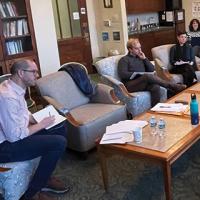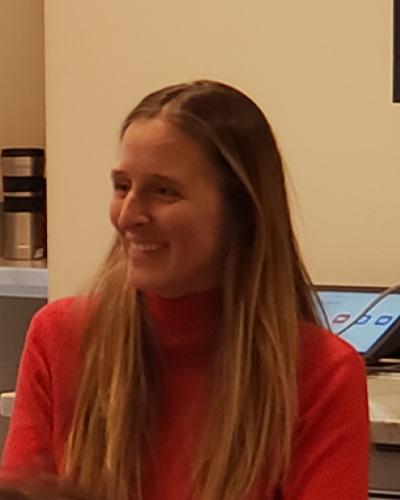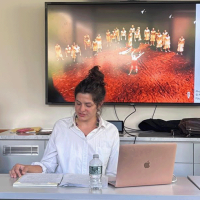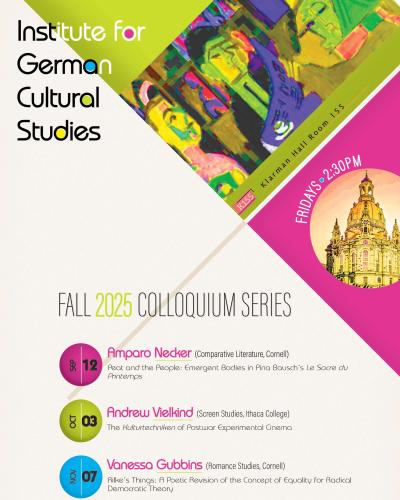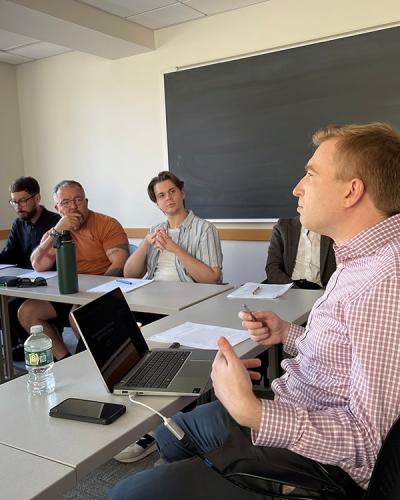This essay examines experimental cinema practices undertaken in postwar Austria, particularly between the late 1950s and early 1960s. The “metrical” films made by Marc Adrian, and Peter Kubelka have been often theorized as being in dialogue with the Viennese modernist music tradition. Building upon existing scholarship, I underscore the impact of the short-lived Wiener Gruppe (1958-1960), which included a number of painters, poets, and musicians, upon the filmmaker’s formalist principles. I also discuss how the late-fifties preoccupation with dismantling the semantic meaning of texts, bears some similarity with the mathematical structures that are featured in several of these films. As I demonstrate, the works of Adrian, and especially Kubelka, adhere to mathematical schemas that invoke the cybernetic principles.
My paper outlines a synergy between the mathematical structures of Austrian experimental cinema and the theories of information transmission that were popularized during the 1950s and1960s. I argue that the scores of these films that challenge the spectator to anticipate the following sequences are extensions of a central tenet (albeit a paradoxical one) of information theory.
By highlighting the impacts of technoscientific thought and the influences of other media arts practices, I define cinematic experimentation as being a dynamic process rather than an affirmation of the medium’s essential properties. For this reason, I draw inspiration from Bernhard Siegert’s theorization of Kulturtechniken, or “cultural techniques,” within recent developments in German media scholarship. Siegert’s approach draws from a more expansive array of disciplines, including cybernetics and anthropology, to characterize media as a constellation of practices and fundamental “operations” rather than an assortment of inert hardware that drives social changes. Siegert’s anti-materialist approach also promotes deeper consideration of an artwork’s impurity, evading clean categorization, and drawing references to a variety of media formats and operations, that are not necessarily rooted within “technology” proper.
In my close readings of specific films from Kubelka and Adrian, I identify several fundamental “thresholds,” or binary oppositions, that Siegert associates with Kulturtechniken, such a light/darkness, noise/silence, randomness/order, presence/absence, and unpredictability/predictability. These thresholds are integral to the spectator’s experience of the film, but not strictly inherent within the medium itself. Ultimately, I consider cinematic experimentation to be a means—parallel to those ideas put forth by Siegert—of articulating the “reality” of the environment, in which human beings are only one component of a complex system.
